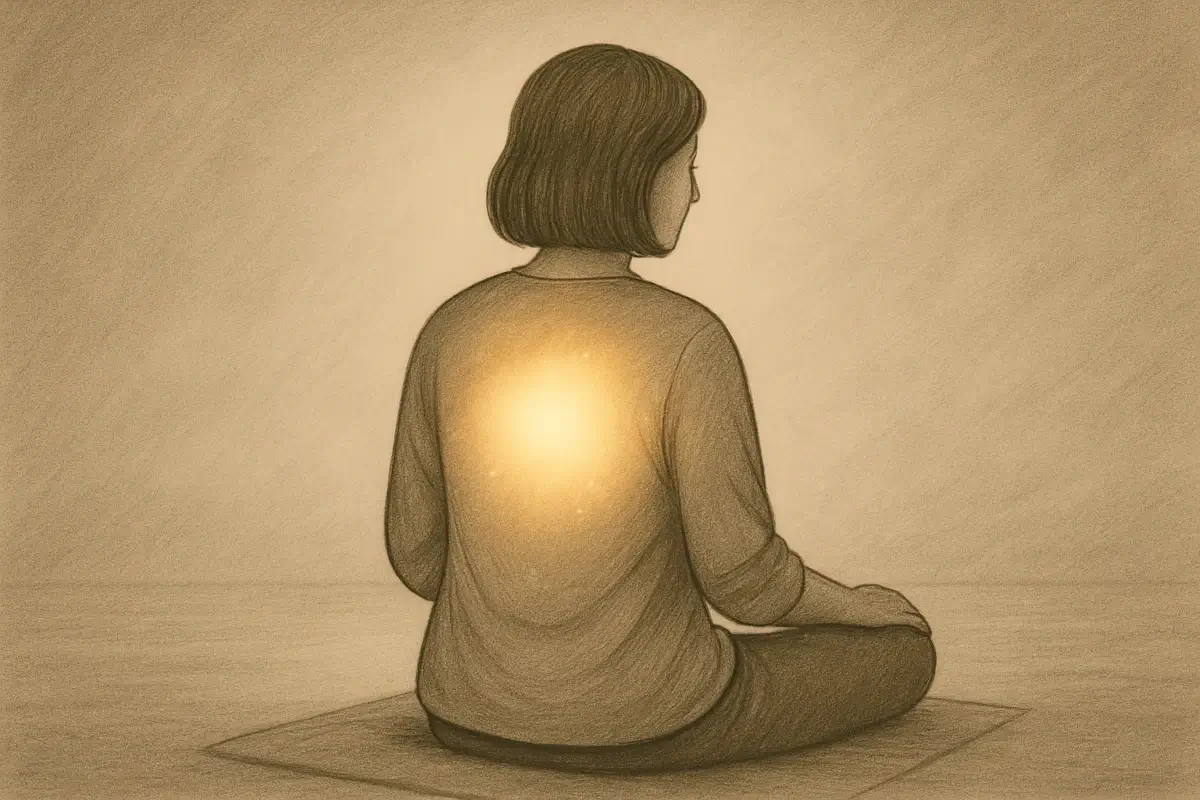The Myths About Emotional Healing That Almost Kept Maya Stuck
Introduction: The Morning Everything Almost Stayed the Same
Maya almost didn’t come. The day of her first EFT coaching session, she sat at her kitchen table staring into her coffee, scrolling aimlessly on her phone. The email reminder about her appointment blinked at her like a dare.
Her inner critic was loud: You don’t need this. People have been through worse. What will they think if you can’t handle your own life?
It wasn’t that she didn’t want to feel better. She just didn’t think she deserved to. For years, Maya had pushed through — juggling work deadlines, caring for her aging parents, being “the reliable one” for friends. Outwardly, she looked fine. But inside, there was a constant heaviness she couldn’t shake. And every time she thought about getting help, these old myths crept in, whispering her back into silence.
She didn’t know it yet, but these myths weren’t just harmless misunderstandings — they were invisible walls keeping her from moving forward. That morning, Maya almost stayed home. But she didn’t. And that one choice changed everything.
Myth #1: Emotional Healing Is a Sign of Weakness
Maya grew up in a family where “being strong” meant keeping your problems to yourself. Tears were for bathrooms and closed doors, not living rooms.
So when she thought about working with me as an EFT practitioner, part of her recoiled. “If I do this, does it mean I’m weak? Does it mean I can’t handle my own life?”
In her first session, we began by tapping gently on the side of her hand, pairing physical touch with simple phrases to acknowledge what she was feeling. Within minutes, her shoulders softened, her breath deepened. She blinked in surprise: Why does this feel like relief instead of weakness?
The truth is, it’s far easier to plaster on a smile than to admit you’re hurting. Emotional healing asks you to look at the hard stuff — and that’s courage in its purest form. If Maya had kept believing this myth, she’d still be pushing through every day, silently carrying a load that was never meant to be carried alone.
Myth #2: If You’re Mentally Healthy, You Should Always Feel Good
Before our work together, Maya judged herself for every dip in her mood. If she woke up anxious, she’d think, I’m failing at life. If she felt angry, she’d panic: This isn’t how a healthy person feels.
During one of our sessions, she admitted that she was terrified of “bad” emotions. Together, we reframed them as signals instead of enemies. Sadness? A sign something important is missing. Anger? A boundary being crossed. Anxiety? A reminder to prepare or slow down.
With tapping, we practiced sitting with the sensations of each emotion without needing them to disappear instantly. Maya noticed that when she stopped resisting them, they often shifted on their own. Real mental health doesn’t mean feeling great 24/7. It means having the tools to navigate the full range of human emotion — without shame.
Myth #3: Emotional Healing Is Linear and Quick
A few weeks into her coaching journey, Maya hit a slump. Old triggers resurfaced. A conversation with a coworker left her in tears, and she worried she was “back at square one.”
In our session that week, we talked about how healing rarely moves in straight lines. It’s more like a spiral staircase — sometimes you loop back to the same place, but from a higher vantage point. You see things differently. You respond with more choice, less reactivity.
We tapped through her frustration and self-judgment, and by the end, she could see that the setback wasn’t proof she was failing — it was proof she was doing deep work. If she had clung to the belief that healing should be quick and linear, she might have quit right there. And all the breakthroughs that followed would have never happened.
Myth #4: There’s Only One Right Way to Heal
Before we met, Maya thought therapy was the only legitimate path to emotional recovery — and since she wasn’t in therapy, she assumed she wasn’t “really” doing the work.
EFT sessions were her first taste of something different. The combination of gentle tapping, guided language, and a safe space to process gave her noticeable relief from day one.
And as she began feeling lighter, she naturally added other practices: journaling, watercolor painting, and hiking in the nearby woods. Each one fed her healing in a different way. The truth is, there’s no single correct method. Emotional healing is like a garden — the more varied the sunlight, water, and nourishment, the more fully it grows.
Myth #5: Talking About Your Feelings Makes Things Worse
Maya used to fear that bringing up painful memories would make them bigger. She imagined she’d spiral into a pit she couldn’t climb out of.
In one of our sessions, we approached a memory she had avoided for years. We tapped as she described it, pausing whenever the emotions rose too high. To her surprise, the memory’s grip loosened. The sharpness dulled. She could talk about it without her body reacting like it was happening all over again. Talking didn’t make it worse. It made it manageable.
Conclusion: The Choice That Changed Everything
Maya almost stayed stuck. She almost let those myths convince her to stay silent, keep pushing through, and keep pretending. But she didn’t. She showed up. And in doing so, she discovered that:
- Strength is found in the willingness to heal.
- Real health includes all emotions.
- Healing is messy, and that’s okay.
- There are many valid ways to feel whole.
- Talking can be the bridge from isolation to connection.
If you’ve been carrying any of these myths yourself, maybe this is your “almost” moment too. The moment you could turn back… or step forward.
Call to Action:
If you’re ready to explore what healing might look like for you — in a space that’s safe, supportive, and designed to meet you where you are — let’s connect. You don’t have to walk this road alone.



